Notice of Disassociation Template Letter for Clear Communication
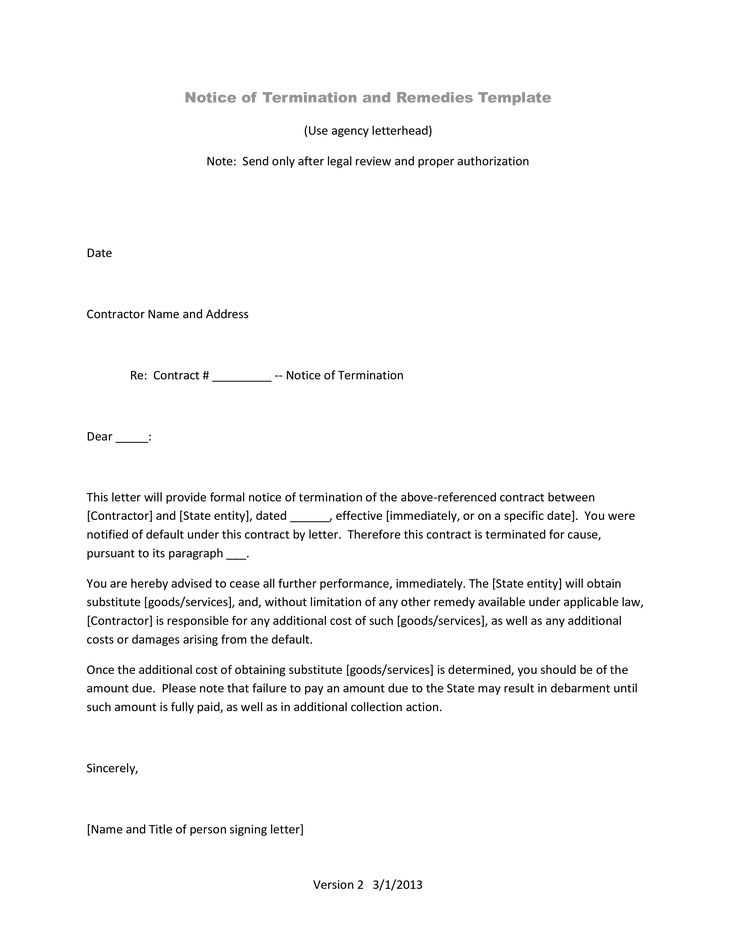
In professional settings, sometimes it becomes necessary to formally communicate the end of a relationship with an individual or an organization. This communication should be clear, respectful, and direct. It ensures that all parties understand the decision and the reasons behind it, while also preserving professional decorum.
Key Components to Include
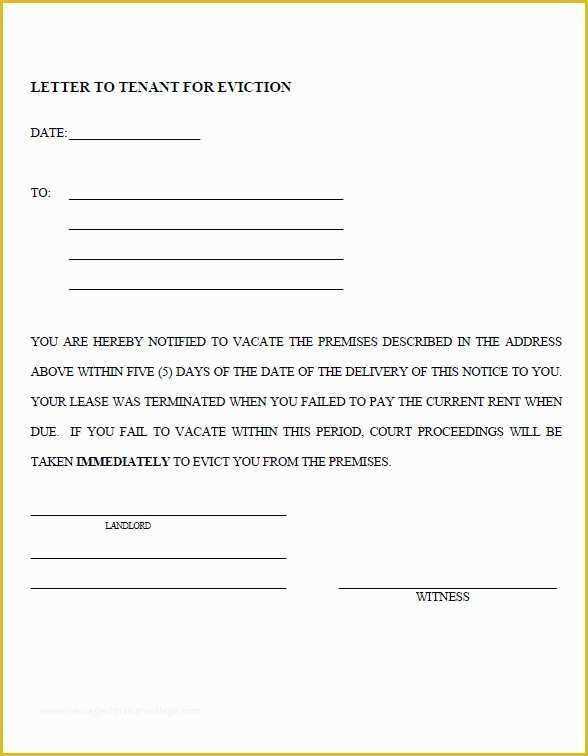
When crafting a formal communication for separation, it’s crucial to include certain elements to make it effective. These should highlight the purpose of the message, state the separation clearly, and ensure that the process is handled respectfully.
- Clear Introduction: Begin by stating your intent and the reason for the communication.
- Effective Reasoning: Briefly explain why the decision was made without going into excessive detail.
- Respectful Closing: End with a polite note, acknowledging the past collaboration or partnership.
Why It’s Important
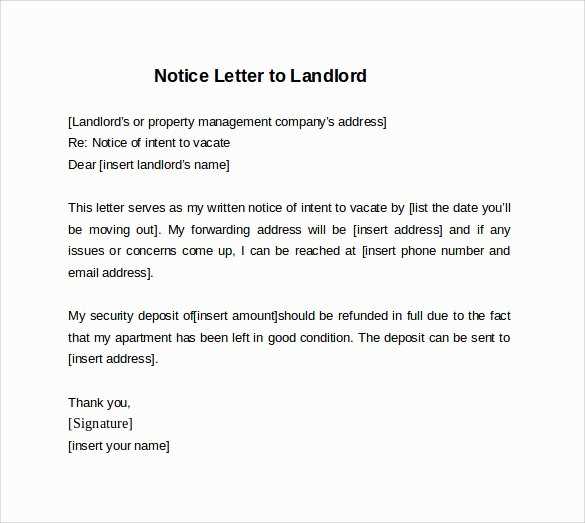
Sending a professional separation communication ensures that both parties are on the same page. It also provides a formal record of the action, which can be helpful for future reference, especially in legal or contractual matters.
When to Send Such a Communication
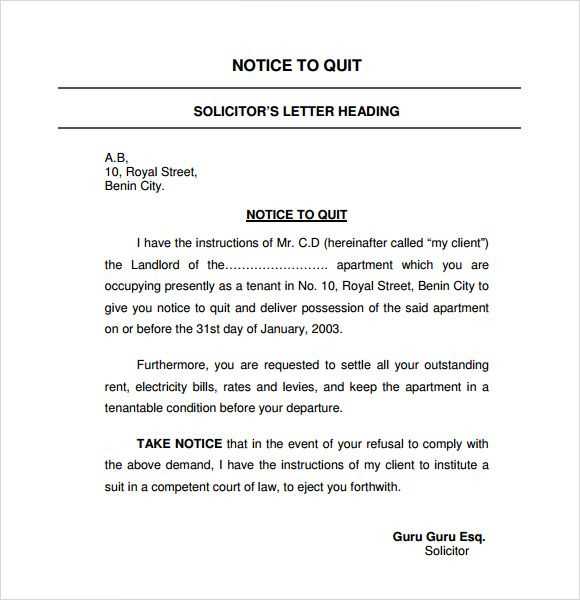
This type of communication is most appropriate when parting ways with an individual, group, or business entity, particularly in scenarios involving contracts, partnerships, or professional associations. Whether it’s due to a change in direction, completion of a project, or the end of a formal agreement, this formal communication helps in concluding the matter professionally.
How to Deliver the Message
Once you’ve written your separation message, choosing the right method of delivery is essential. Depending on the situation, it may be appropriate to send the message via email, postal mail, or even in-person. Ensure that the method aligns with the level of formality and the relationship involved.
- Email: Quick and efficient for most professional settings.
- Postal Mail: More formal and may be required in some legal situations.
- In-Person: Ideal for more personal or sensitive separations.
Examples of Effective Messages
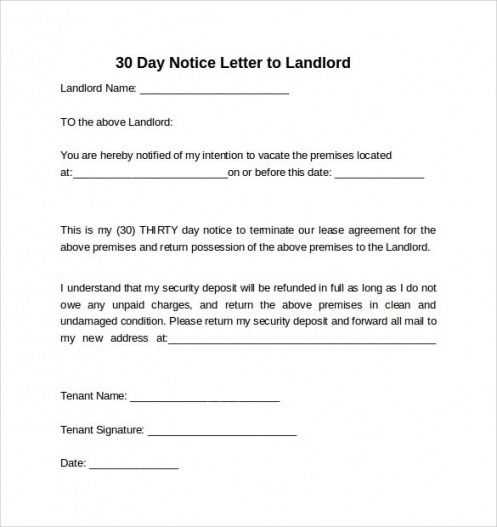
Here’s an example of a professionally worded message:
Dear [Name], I wanted to inform you that I will no longer be continuing our professional relationship. This decision comes as a result of [brief reason]. I appreciate the time we have spent working together and wish you all the best in your future endeavors. Sincerely, [Your Name]
By following these guidelines, you can ensure that your communication is clear, concise, and respectful, while maintaining a professional demeanor throughout the process.
Understanding the Importance of Formal Separation Communications
In any professional setting, there comes a time when it becomes necessary to formally communicate the end of a relationship with another party. Whether it involves a business partner, client, or colleague, this communication ensures that all parties are on the same page and that the process is handled with clarity and respect.
What to Include in Your Message
When composing a formal communication regarding the end of a relationship, it’s essential to provide specific details to avoid confusion. Clearly stating the intention to sever ties, offering a brief explanation of the reason, and remaining professional and courteous are key elements to include. It’s important to be direct, but also maintain a respectful tone to preserve professionalism.
Legal Aspects When Severing Ties
From a legal perspective, it’s crucial to understand the ramifications of ending a professional relationship. In some cases, contractual obligations may need to be fulfilled, or there may be legal documents to address. It’s important to consult any applicable agreements and consider potential legal consequences before finalizing the communication.
Understanding these elements and following best practices ensures that your formal communication will be effective, respectful, and legally sound. By taking the time to craft a well-thought-out message, you can ensure a smooth transition and avoid misunderstandings in the future.